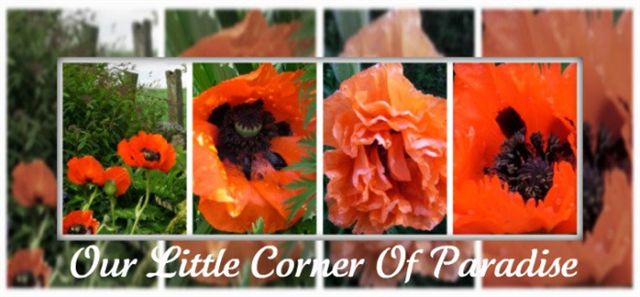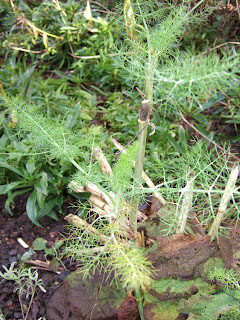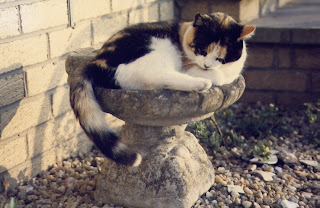
 The newly-laid patio looked pristine and very reassuring underfoot. The picnic table and chairs, placed to one side, set it off and completed the picture. We looked forward to the time when we would entertain family and friends there, and, on red-letter days, smile at the antics of pond skaters and whirligig beetles, or marvel at the acrobatic ballet of darting dragonflies, or be enthralled at the skill of our Summer residents, the swallows and martins, skimming over the surface of the adjacent pond, catching insects on the wing to feed their hungry broods.
The newly-laid patio looked pristine and very reassuring underfoot. The picnic table and chairs, placed to one side, set it off and completed the picture. We looked forward to the time when we would entertain family and friends there, and, on red-letter days, smile at the antics of pond skaters and whirligig beetles, or marvel at the acrobatic ballet of darting dragonflies, or be enthralled at the skill of our Summer residents, the swallows and martins, skimming over the surface of the adjacent pond, catching insects on the wing to feed their hungry broods. Strategically placed about the garden are several seats, and, close by, arches covered in a variety of climbing honeysuckles, clematis and roses to offer protection from the sun. Each one, overlooking a particular aspect of the garden, tenders some shade from early morning till the last rays of the setting sun. But, without the benefit of the patio, created by the efforts of my husband and teenage son, we would not be able to sit outside on sunny days enjoying our meals from breakfast till sunset, in the midst of our wildlife garden, totally secluded, away from the prying eyes of the world.
















































